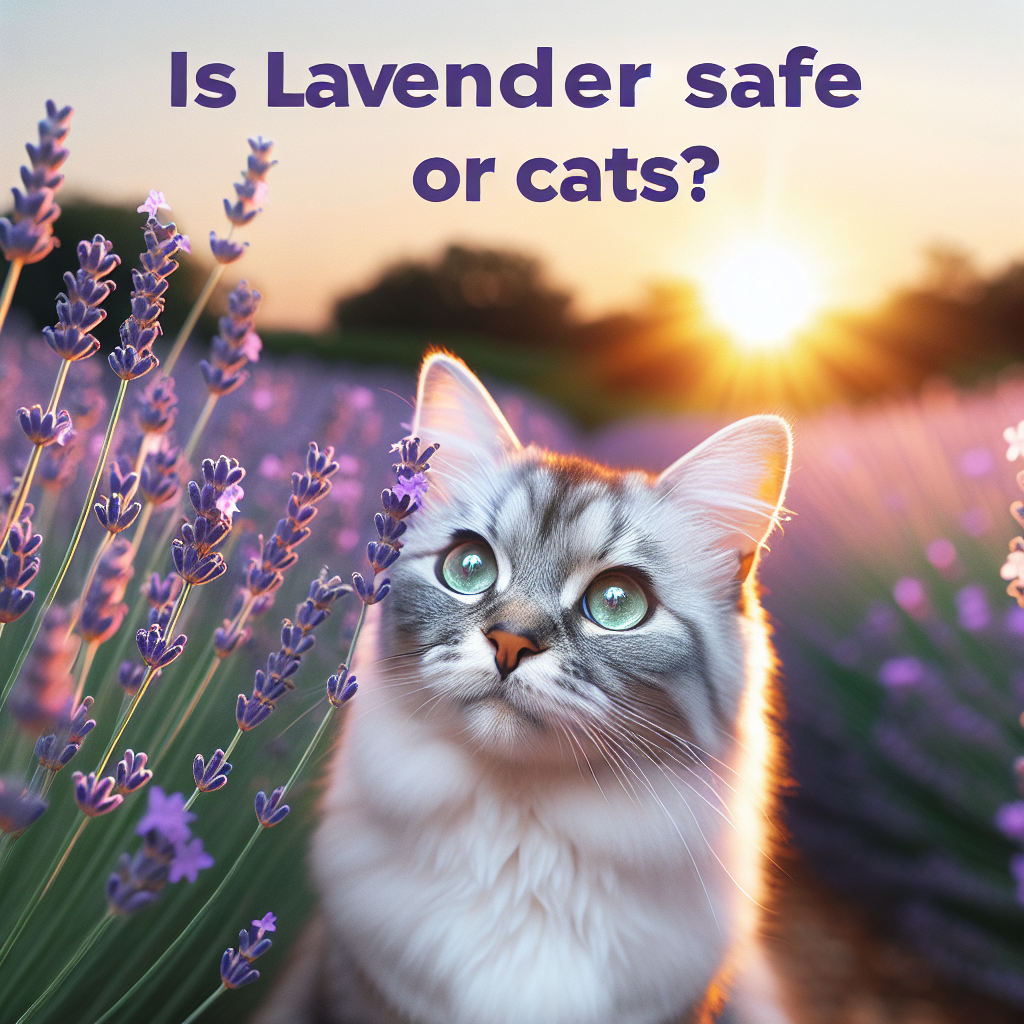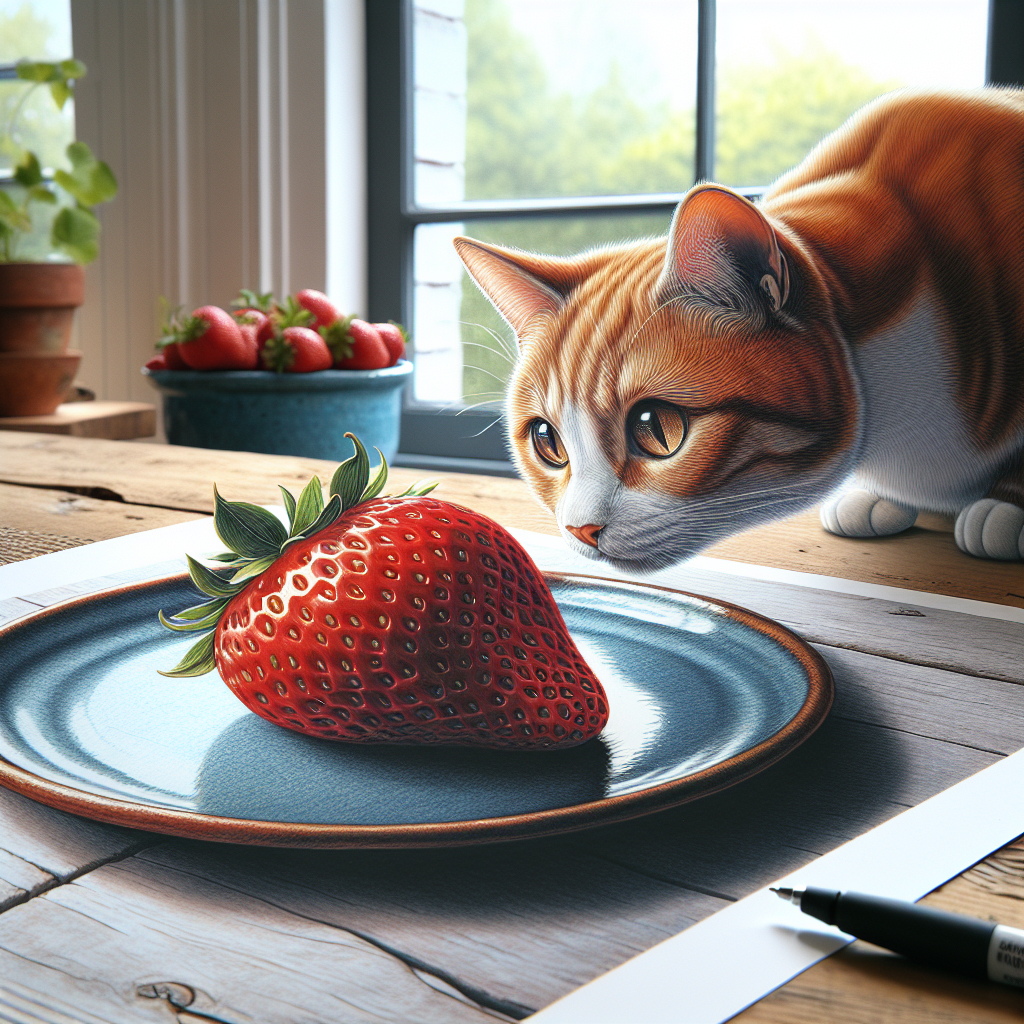Are Cats Nocturnal? Understanding Feline Activity Patterns
Cats have long fascinated humans with their mysterious behavior and captivating personalities. One common question that arises among cat owners is whether cats are nocturnal animals. The answer isn’t a simple yes or no; instead, it involves an understanding of their natural instincts, evolutionary adaptations, and lifestyle.
Defining Nocturnal Behavior
To determine if cats are nocturnal, it’s essential to define what "nocturnal" means. Nocturnal animals are those that are primarily active during the night and rest during the day. This behavior is often an adaptation to avoid predators or to optimize hunting opportunities. Animals classified as diurnal, like humans, are active during the day and sleep at night. Crepuscular creatures, on the other hand, are most active during dawn and dusk.
Cats: Crepuscular Creatures
While house cats may exhibit behavior that seems nocturnal, they are technically classified as crepuscular. This means that they are most active during the twilight hours of dawn and dusk. This activity pattern can be traced back to their wild ancestors, such as the African wildcat. In the wild, these cats thrive during the early morning and late evening when many small mammals, like rodents, are also active, making them easier to hunt.
Evolutionary Adaptations
The crepuscular nature of cats is a result of their evolutionary adaptations. In the wild, many of their prey species, such as mice and rabbits, are also active during these hours, providing the best hunting opportunities. Additionally, being active at these times allows cats to avoid larger predators that hunt during the day.
This instinctual behavior has been retained, even in domesticated cats. Though they may live in a safe environment, instincts remain strong, influencing their activity patterns.
Factors Influencing Cat Activity
Despite their evolutionary background, the activity patterns of domestic cats can be influenced by various factors, including:
-
Environment: Indoor cats may exhibit different activity patterns compared to outdoor cats. The safety and comfort of home can lead indoor cats to be more active at night, especially if they have access to natural light during the day or are stimulated by their owner’s activities.
-
Lifestyle: Cats often synchronize their activity with their human companions. If a household is usually busy during the day, cats may adjust their sleeping patterns to be awake when their owners are home in the evening.
-
Age and Health: Kittens are usually more active than adult cats, exploring their surroundings and playing, while older cats may sleep more. Health issues can also affect their energy levels and activity patterns.
- Boredom and Stimulation: Cats that are not adequately entertained during the day may roam and play more at night. Providing enrichment through toys, scratching posts, and interactive play can help keep cats engaged when their humans are awake.
Managing Nocturnal Behavior
For cat owners who find their pets being overly active at night, there are several strategies to promote healthier sleep patterns. These include:
-
Scheduled Playtime: Engaging in play sessions during the late afternoon or early evening can help expend energy before bedtime.
-
Feeding Schedule: Cats often become more active after eating. Offering a meal right before bedtime may encourage a post-dinner nap and help align their schedule with yours.
- Environmental Enrichment: Providing stimulating toys and activities during the day can keep cats engaged and more likely to rest at night.
Conclusion
While cats are not strictly nocturnal, their crepuscular nature leads them to be more active during dawn and dusk. Understanding their natural instincts and the factors that influence their behavior can help cat owners better manage their pets’ activity levels. By incorporating play and stimulation into daily routines, pet owners can help their furry friends maintain a more balanced lifestyle that harmonizes with their family’s schedule. Ultimately, appreciating the sleeping habits and active times of cats can strengthen the bond between humans and their feline companions.





